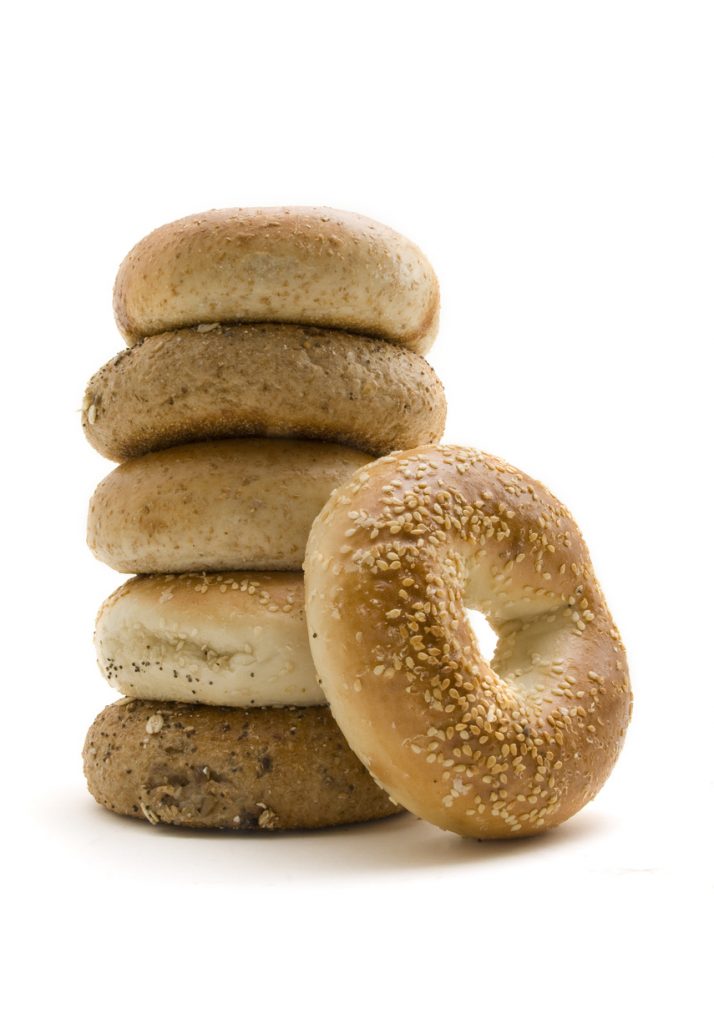Thirty percent of adults are now avoiding gluten, but less than 1% actually have celiac disease. So do the rest have gluten sensitivity or are they just jumping on the latest health bandwagon?
Gluten is a protein commonly found in whole grains like wheat, barley, rye, and triticale. Celiac disease is an autoimmune disorder where a person’s immune system attacks and destroys the lining of their small intestine when they eat foods containing gluten, making it difficult for them to absorb nutrients.
Someone who has celiac disease must avoid eating even small quantities of gluten—a real challenge since it lurks in so many foods you might not suspect, like soy sauce, mustard, chocolate bars, frozen burgers and cheese spreads, to name a few. Here is a comprehensive list.
Symptoms of celiac disease include weight loss, chronic diarrhea, abdominal pain, bloating, joint pain and fatigue. Realizing that celiac disease might be a culprit is tricky, though, because many symptoms are similar to other those found in other conditions like irritable bowel syndrome, intestinal infections, and chronic fatigue syndrome.
Left untreated, celiac disease can lead to serious health problems like iron deficiency anemia, osteoporosis, infertility, liver disease, seizures, arthritis, and an increased risk of lymphoma. A study published in Gastroenterology (2009) found that patients who had a delayed or untreated diagnosis of celiac disease had an almost four-fold higher risk of death.
To diagnose celiac disease, the first step involves a blood test to look for high levels of either anti-tissue transglutaminase antibodies (tTGA) or anti-endomysium antibodies (EMA). The next step is a biopsy of intestinal tissue, obtained by an endoscope inserted into the patient’s mouth and through the stomach into their small intestine while they are under anesthesia.
Non-celiac gluten sensitivity
A person with non-celiac gluten sensitivity may also experience bloating, abdominal discomfort and fatigue. But diagnosing the ailment is tricky because blood tests and intestinal biopsies that shed light on a celiac diagnosis don’t provide any evidence for gluten sensitivity. The New York Times reports that Dr. Stefano Guandalini and his team at the Celiac Disease Center at the University of Chicago are researching biological tests that could identify gluten sensitivity in the future, but we’re not there yet.
The trouble with the gluten-free bandwagon
Going gluten-free is a popular diet trend, driven in part by Dr. William Davis’ book Wheat Belly (2011). Davis asserts that today’s wheat has been genetically modified to the point where it is too difficult for us to digest properly. This point of view has been forwarded before in other books like The Thrive Diet by Brendan Brazier (2007): “high levels of gluten are not historically natural to our bodies…Wheat is not a natural food, it has been encouraged to grow the way it does today to produce a greater crop yield.” But just because an agricultural product has been optimized for a greater yield does not necessarily mean it’s difficult to digest. This may be true, but it’s an opinion, not an evidence-based conclusion.
Vitamin deficiency: If you eliminate whole grains and wheat from your diet, you will need to find other good sources of fibre and important vitamins and minerals like niacin, thiamine, vitamin B12, iron, folate, calcium, phosphorus, and zinc. Gluten-free grains like quinoa, amaranth, corn and whole-grain rice are good alternatives.
No weight loss panacea: Some people jump on the gluten-free bandwagon and lose weight—but the slimming effect could be due to the swap of high-calorie foods like macaroni and cheese, pizza, cakes and cookies for lower-calorie foods like fruits and veggies. Surprisingly, going gluten-free can actually pack on pounds because some manufacturers have replaced gluten with more sugar, fat and refined carbohydrates.
Zaps your wallet: People who don’t need to be following a gluten-free diet are probably wasting their money. A study by Dalhousie University in 2008 found that 56 gluten-free products were collectively 242% more expensive than ordinary grocery items.
Delays celiac diagnosis: Ironic but true, celiac disease can only be diagnosed in people who are currently eating foods with gluten: those who are eating gluten-free before being tested must return to eating gluten for about four weeks. An editorial in The Lancet last August says, “The irony of many coeliac patients not knowing their diagnosis while millions of non-sufferers banish gluten from their lives is a public health farce.”
Bottom line: Review all of your symptoms with your doctor first to see if you should be tested for celiac disease. If you find out you do have celiac disease or non-celiac gluten sensitivity, consult with a registered dietician to make sure you are getting sufficient nutrients from other foods.
Related Resources:
- Celiac Disease: National Digestive Diseases Information Clearinghouse, U.S. National Institutes of Health
- Celiac Disease Center: University of Chicago
- Gluten-free not just a fad for some: CBC.ca


